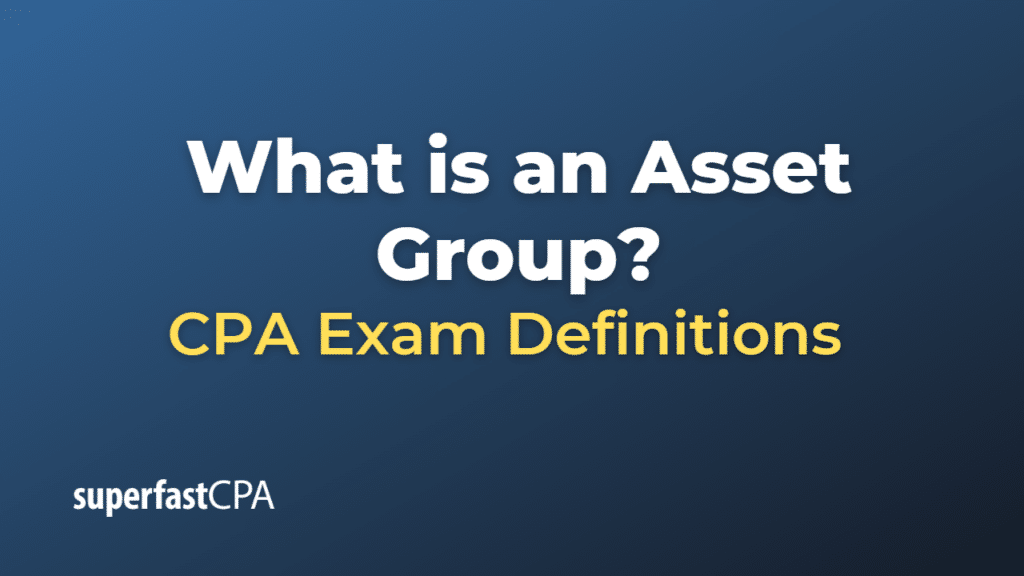Asset Group
An asset group is a collection of assets that are grouped together based on similar characteristics or functions within a company’s financial records or balance sheet. Grouping assets can help businesses better understand, manage, and track the performance of their assets. Asset groups typically consist of assets that serve a common purpose or are related in some way, such as being part of the same production process, having a similar nature, or being subject to the same accounting treatment.
For example, a company might create the following asset groups:
- Fixed assets: These include long-term tangible assets, such as buildings, machinery, vehicles, and equipment, which are used in the company’s operations and have a useful life of more than one year.
- Intangible assets: These are non-physical assets that have value to the company, such as patents, copyrights, trademarks, and goodwill.
- Current assets: These are short-term assets expected to be converted to cash or used up within one year or one operating cycle, whichever is longer. Current assets include cash, accounts receivable, inventory, and marketable securities.
- Financial assets: These are investments in the form of stocks, bonds, or other securities that generate income or are expected to appreciate in value.
By organizing assets into groups, businesses can better analyze their financial position, manage risks associated with specific asset types, and make more informed decisions about resource allocation and capital expenditures.
Example of an Asset Group
Let’s consider a fictional manufacturing company called XYZ Corp. This company produces electronic devices and has various types of assets. We can divide these assets into asset groups for easier management and analysis:
- Fixed assets:
- Buildings: XYZ Corp owns a manufacturing facility, warehouses, and office buildings.
- Machinery: XYZ Corp has production lines, assembly machines, and testing equipment used in manufacturing electronic devices.
- Vehicles: XYZ Corp owns delivery trucks and service vehicles for transporting goods and providing maintenance services.
- Intangible assets:
- Patents: XYZ Corp holds patents on several unique technologies used in its electronic devices.
- Trademarks: XYZ Corp has registered trademarks for its company name, logo, and product names.
- Goodwill: XYZ Corp has acquired other companies in the past, resulting in goodwill from the acquired company’s brand reputation and customer relationships.
- Current assets:
- Cash: XYZ Corp has cash in its bank accounts for daily operations and short-term investments.
- Accounts receivable: XYZ Corp has outstanding invoices from customers who have purchased electronic devices on credit.
- Inventory: XYZ Corp holds raw materials, work-in-progress, and finished goods as part of its inventory.
- Financial assets:
- Stocks: XYZ Corp owns shares in other technology companies as part of its investment portfolio.
- Bonds: XYZ Corp holds corporate bonds issued by other companies, providing a steady income stream from interest payments.
By grouping these assets, XYZ Corp can better understand its financial position, manage risks associated with specific asset types, and make more informed decisions about resource allocation and capital expenditures.













